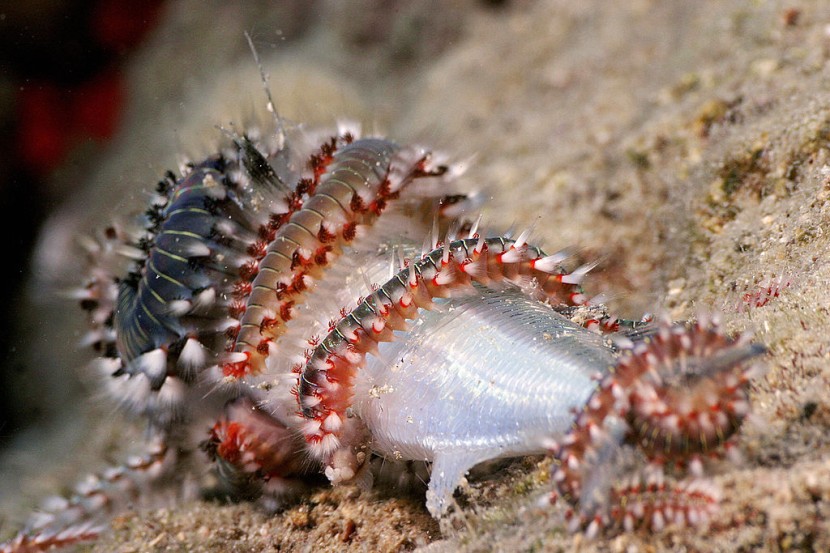
An ancient deep sea worm fossil was discovered with intact brain shapes millions of years ago in the Cambrian period. It is estimated to be 525 million years old, which is older than the dinosaurs, which was seen in China as an archaic specimen.
Oldest Deep Sea Worm Fossil From the Cambrian Period
The brain shape shows clues on how the arthropods had evolved, including insects, arachnids, and crustaceans; this find could clarify what has bothered scholars for more than one hundred years, reported Live Science.
An ancient creature called Cardiodictyon catenulum was found in 1984 with other specimens named Chengjiang fauna after the site in Yunnan, China. It is an extinct worm-like critter that is part of the phylum Lobopodia, and these are arthropods having armored shells with stubby legs that were alive during the Cambrian era.
According to a new study published in Science Org last November 24 in the Journal Arthropod evolution, another group looking over the specimen has the nervous system and brain still visible.
The study lead Nicholas Strausfeld, a neurobiologist at The University of Arizona in Tucson, said it's the oldest brain fossil known. It took approximately 40 years for researchers to find C. catenulum's brain since they previously assumed that any organic material inside the animal had already been lost over time.
Study co-author Frank Hirth, an evolutionary neuroscientist at UK King's College London, said no thought brains could fossilize. The size and age of the deep-sea worm fossil would dissuade anyone from even daring to look for an intact brain.
However, new research on similar fossils dating from around the same period has changed this preconception.
To date, primitive petrified brains have also been unearthed in a penis worm about 500 million years old. A 520-million-year-old bug-like critter, a "sea monster," and many three-eyed sea animals date back around 506 million years to the Cambrian period.
An Intact Brain Reveals Arthropod Evolution
As shocking as it would be to discover the ancient brain, scientists have been more astounded by the shape and structure of the critter's noggin. Its head and brain are indeed non-segmented, indicating they are not divided into various parts. And though the remainder of the fossil's body is segmented.
He asserted that the preservation was unusual and that for more than a hundred years, academics presumed that the brains and heads of long-dead arthropods also were fragmented like current versions. It adds that most fossils of other ancient arthropod forefathers have segmented heads and brains.
They noticed that C. catenulum seemed to have small clumps of nerves, identified as ganglia, running throughout its segmented torso.
As a consequence of this revelation, the scientists claim that the segmented brains and heads shown in modern arthropods might have developed independently of the rest of the nervous system, which likely had become fragmented initially.
Nevertheless, the study's authors indicated that C. catenulum's petrified brain still has some key features of contemporary arthropod brains. Strausfeld responded that it suggests that the "basic brain plan" hasn't changed all that much in the last half-billion years.
The group plans to compare the fossilized brain and brains from those other animal groups to learn how different brains have also changed over time.
The impact of discovery of this deep-sea worm fossil with an intact brain from the Cambrian period changed everything about arthropods as more studies are needed now.
© 2025 HNGN, All rights reserved. Do not reproduce without permission.








